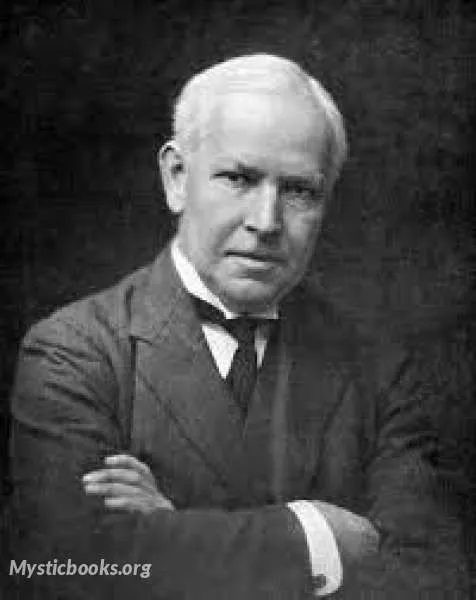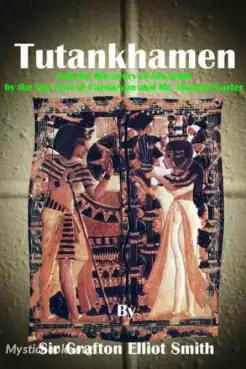
Timeline
Title
Country/Nationality
Grafton Elliot Smith
Sir Grafton Elliot Smith was an Australian-British anatomist, Egyptologist and a proponent of the hyperdiffusionist view of prehistory. He believed in the idea that cultural innovations occur only once and that they spread geographically. Based on this, he traced the origins of many cultural and traditional practices across the world, including the New World, to ideas that he believed came from Egypt and in some instances from Asia. An expert on brain anatomy, he was the first to study Egyptian mummies using radiological techniques. He took an interest in extinct humanoids and was embroiled in controversy over the authenticity of the Piltdown Man.
Smith was born in Grafton, New South Wales to Stephen Sheldrick Smith who had moved to Australia from London in 1860 and Mary Jane, née Evans. He received his early education from Grafton Public School where his father was headmaster. When the family moved to Sydney in 1883 he went to Darlington Public School before joining Sydney Boys High School. He attended evening classes on physiology by Thomas Anderson Stuart and took an early interest in biology. In an autobiographical note Smith noted that Stuart had shown them the convolutions of the human brain and declared that nobody understood them fully. Smith decided at that point that he would work towards understanding them. Accordingly, he went to study medicine at the University of Sydney in 1888 and received a Doctor of Medicine in 1895, with a dissertation on the fore-brain of the monotremes) and developed an interest in the anatomy of the human brain. He received a James King travelling scholarship and went to St John's College, Cambridge, graduating BA in 1896. Afterwards he catalogued the human brain-collection of the British Museum.
Smith obtained an appointment at the Cairo School of Medicine in 1900 on the suggestion of his anthropologist friend Alexander Macalister. Smith became archaeological advisor to the archaeological survey of Nubia in the wake of plans to construct the Aswan Dam which threatened to drown numerous archaeological sites. Smith conducted investigations on the brains of Egyptian mummies. He was the first to non-destructively use x-rays to study mummies. Smith took a special interest in the pathologies indicated in ancient skeletal remains. He noted for instance that many Egyptian skulls had biparietal thinning which had been common in European aristocrats in the past. Smith hypothesized this was the result of wearing heavy wigs or headgear. From 1909 to 1919 he was Professor in anatomy in Manchester, 1919–1937 he held the chair of Anatomy at the University College London. He was elected President of the Anatomical Society of Great Britain and Ireland for 1924 to 1927. During World War I he took an interest in the neurology of shell shock, visiting military hospitals and serving on the British General Medical Council.
Smith was the leading specialist on the evolution of the brain of his day. Many of his ideas on the evolution of the primate brain still form the core of present scholarship. He proposed the following stages of development:
- a smell-dominated insectivore of the jumping shrew-type
- vision-dominated animals with an expanded cortex of tree-shrew-type
- acutely visioned, manually dexterous mammals of tarsius-type
- monkeys
- anthropoids using their hands to use and produce tools
He married Kathleen Macreadie in 1902 just before moving to Cairo. During his time in London, he lived variously in Hampstead, Gower Street, and at Regent's Park. During his London years, he became a friend of Dr. W. H. R. Rivers.
Smith's youngest son, Stephen Smith, died in an accident in 1936. Smith spent his final year in a nursing home in London.
Grafton Smith died on New Year's Day 1 January 1937 at Broadstairs in Kent.
Books by Grafton Elliot Smith

Tutankhamen and the Discovery of His Tomb
(From the Introduction) “Never before in the history of archaeological inquiry has any event excited such immediate and world-wide interest as Mr. Howard Carter's discovery of Tutankhamen's tomb in November 1922. It gives us a new revelation of the w...